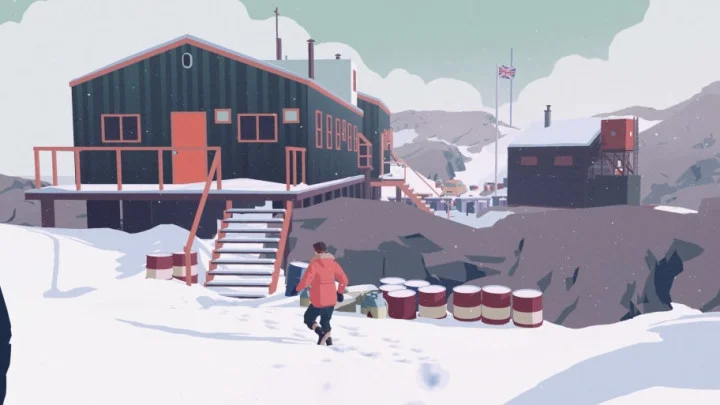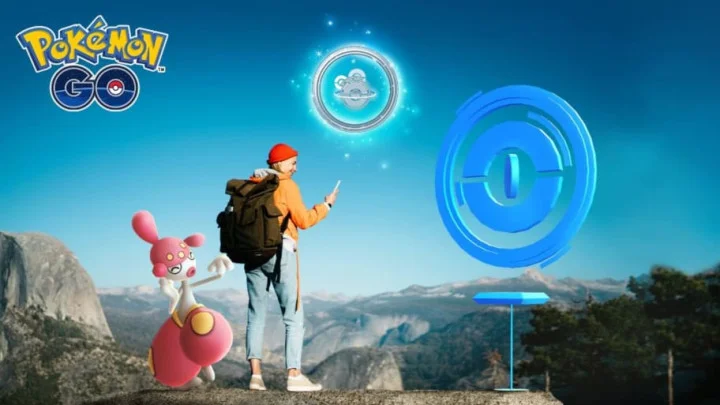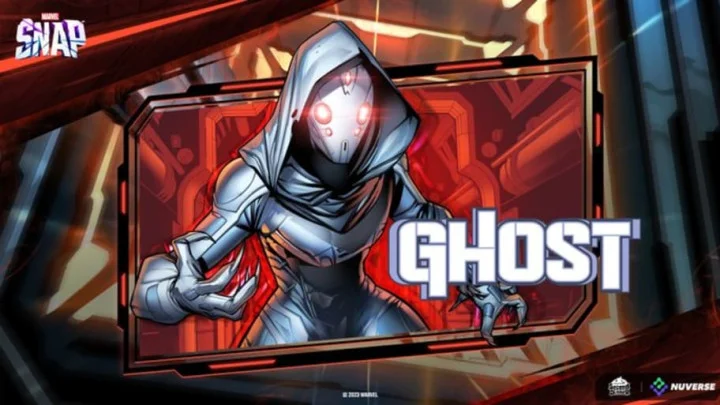In a period of major geopolitical tension, South of the Circle spotlights a small moment. Caught between accusations of communist spying and the threat of nuclear war, here is a quaint story about two academics who form a bond over their shared desire to write a paper. The game's narrative aims to tackle some tricky subjects during its short runtime, but confusing, limited gameplay hinders an otherwise engaging story.
That story begins in Antarctica, in 1964, when a plane carrying a pilot and Peter, our protagonist researcher, plummets into the snow. The pilot, Floyd, sustains a leg injury, and the two become trapped in the polar desert. With the temperature dropping and the situation growing dire, we’re introduced to the game’s main mechanic: dialogue options presented only as shapes, each representing a selection of possible emotional responses. At the initial introduction of each type of dialogue prompt, we’re given a brief, one-time overlay of what they mean. A pulsating, green circle means the response could be caring, honest, or open. A dark, teal rectangle supposedly gives a forthright, strong, or assertive response. A small, red circle indicates a panicked, confused, or concerned reply.
It might seem simple at first, but these descriptions only appear once as a natural part of the game, and often the reply doesn’t quite match up with the emotion it claims to deliver. This becomes a point of confusion early on, leaving the dialogue very much up to chance and running a high risk of forgetting which prompt means what. A lot of the time my basis for making a response was simply assuming red means bad.
The player selects a dialogue choice by holding down its respective button; that's the main method of player agency throughout. It feels odd for such a narrative-driven game to force button presses when only one prompt presents itself. It comes across as unnecessary, a rote attempt to keep players engaged. Reviewing this game on the PS5 often meant I experienced issues with buttons being mapped to certain dialogue choices. The circle-shaped response was mapped to the square button, and the rectangular option was mapped to the circle button. Occasionally I selected the wrong dialogue choice simply because some mental wires got crossed.
There’s a ‘Help’ option in the pause menu exclusively to help navigate the dialogue symbols, but using it risks interrupting the flow of the game. If game's main mechanic isn’t intuitive enough to be used without a guide, it simply isn’t good.
But South of the Circle isn’t a gameplay-first sort of game. Its biggest drive is its narrative, and it becomes very clear that you’re there for the story above anything else. It is praiseworthy, but doesn’t push its emotional cruxes as far as it could. The game’s narrative is told in present-day 1964 and through flashbacks of Peter’s time prior to his Antarctic expedition triggered by items and situations he encounters. After the crash, Floyd encourages him to head to a nearby research outpost to seek assistance, which we navigate to by moving towards a flashing red light in the distance. As we move closer, the scene transitions, and the red light of the outpost becomes the flashing train station signal light.
In this first flashback we encounter Clara, a fellow academic and teacher at Cambridge University with whom Peter shares a train car. They engage in small talk, sharing experiences of teaching and general academic musings. Given the focus of their encounter and Clara’s immediate absence in the present day, it’s obvious that she plays an important part in what leads up to it.
Through more flashbacks we discover Peter’s struggle. He’s working on a research paper looking at radiation carried through the clouds, though he hits a wall and struggles to come up with anything substantial. His supervisor, Prof. John Hargreaves, pushes for improvements that would earn Peter a promotion.
As Peter builds up a rapport with Clara, she suggests that the two of them head to her family’s cabin in the Scottish Highlands, where Peter can take some data readings. Two significant moments occur during the trip. First: Clara’s contributions to Peter’s research merit her being added as co-author to his paper. Second: Two begin a romantic relationship. Both become areas of concern once Peter submits his paper. Hargreaves attempts to persuade Peter to drop Clara as co-author, citing her connection to a fellow academic, Molly Shanahan — who had been arrested due to links with the Communist Party — as one that would direct unwanted attention onto the university. Alongside this, it’s implied that Clara’s inclusion would undermine the value of the work, given that she’s a woman and this is the 1960s.
In certain moments of the game, the player is presented with significant dialogue choices that have an impact on the story. These are shown as little icons rather than the abstract shapes. For example, Peter can choose to go out and party with his friends or stay inside and work on the paper, with the icons depicting each of these options. One choice that Peter needs to make is whether to keep Clara on the paper, defending her contributions and value as a female academic, or to remove her in order to further his career.
The clear ‘good’ choice here is to keep Clara’s name on the paper. She helped develop the idea, did half the work, and meets the criteria for a co-author. We’re presented with this choice three times, through numerous flashbacks, and it's clearly identified as a critical moment.
(Note: Spoilers for the game's ending follow.)
However, despite making the right choice each time, Clara and Peter’s final confrontation ends in argument, acting as if Peter had removed her name regardless of the player's choices.
Every other seemingly significant decision made throughout the course of the game comes into play and is used during this argument. Whether or not Peter took one or two sugars in his tea, whether he liked a blue house rather than red. Things that shouldn’t matter are suddenly called upon in this argument, where Clara accuses Peter of choosing the opposite option in each of these moments of what he actually did. She cites that his memory is at fault, gaslighting not only him but the player as well. “You like two sugars in your tea,” she said in my playthrough, but I only chose one. If Peter has a memory problem then it’s not hinted towards at all in the narrative. We can either accept that Clara is uncharacteristically hysterical, leading to a very unsatisfying end to their story, or that the decisions you make in this game don’t necessarily matter.
It left a sour taste. Up until this point the story had been well-crafted. The characters felt authentic and the actions they took were believable. Both elements were heightened by impressive performances from the cast. But despite these merits, we’re ultimately left with a frustrating ending — one that forces Clara to have some reason, however unnatural to the narrative, to detest Peter’s excursion to Antarctica. Perhaps the game has a more positive ending and I simply made the wrong choices throughout. But with such cloudy dialogue prompts, it’s almost impossible to tell.
South of the Circle, developed by State of Play and published by 11 Bit Studios, is available now on PlayStation 4, PlayStation 5, Xbox One, Xbox Series X|S, Nintendo Switch, and PC via Steam or GOG.com.
DBLTAP was provided with a copy of South of the Circle for review by its publisher, 11 Bit Studios.
This article was originally published on dbltap as South of the Circle Offers Quality Storytelling But Frosty Execution.









